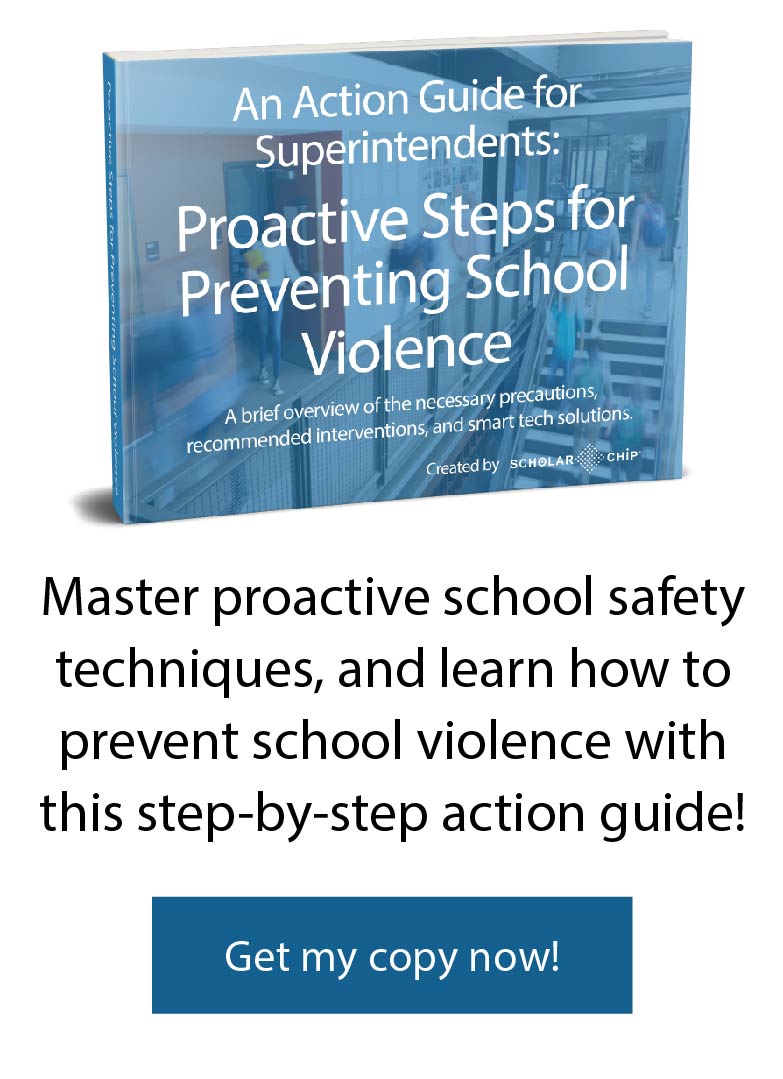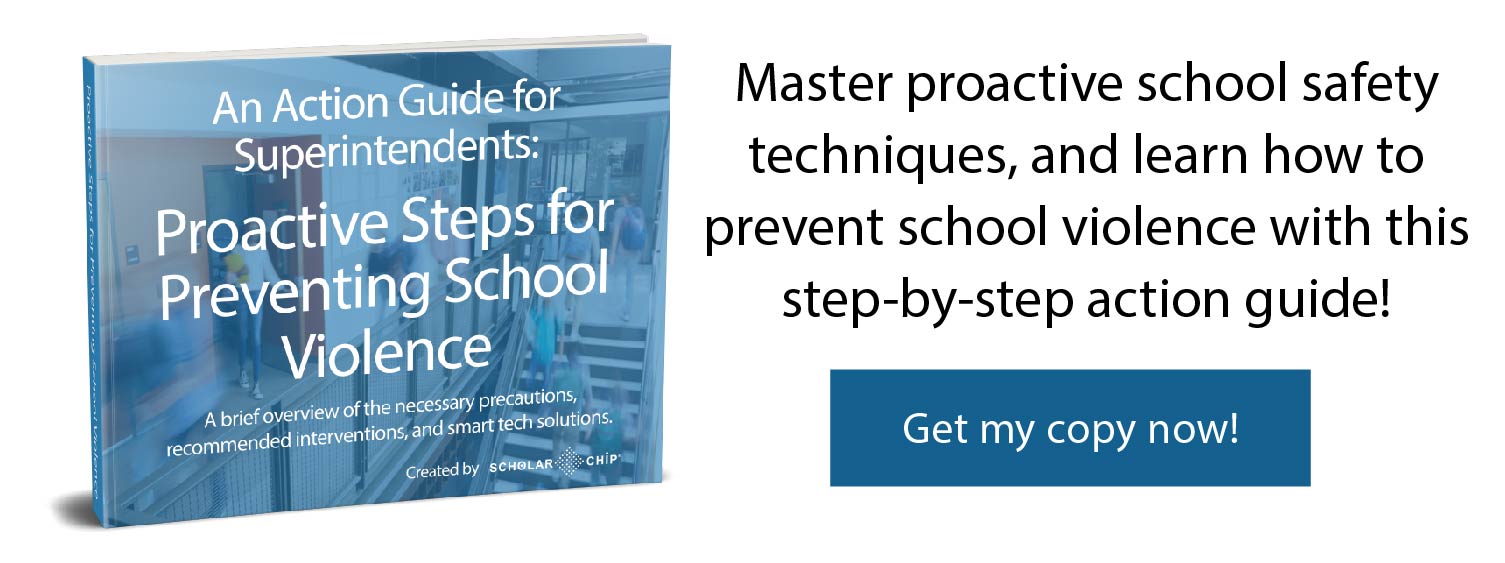Bullying is not a new phenomenon, but the new ways it’s being carried out make it a constant, relentless source of stress for many children and teens. Campus Safety Magazine defines verbal bullying as “teasing, inappropriate comments, name-calling, threats and offensive hand gestures.” Attacks issued in person or on a smartphone both constitute verbal bullying. Whether these damaging blows are issued in person or via text or social media, bullying takes a tremendous toll on our students.
The 2015 School Crime Supplement to the National Crime Victimization Survey showed that 20.8 percent of students ages 12-18 reported experiencing bullying in the 2014-15 school year. The problem is widespread, and mobile devices make it even easier for teens to harass each other, day or night, and even from the comfort of their own homes. Schools, students, and parents must work together to improve education and empathy when it comes to bullying behaviors. Here’s what school staff can do to reduce verbal bullying on campus.
Simple Tips for Reducing Bullying on Campus
- Schools must take bullying seriously
There are no federal laws covering bullying, but many bullying behaviors also fall into protected categories that are covered by legislation. The Civil Rights Act, Title IX, Section 504, ADA, and IDEA have been used to punish bullies who choose their targets based on race, income, disability, gender or gender identity.
The Pew Research Center found that 58% of teens think their teachers are doing a fair to poor job of dealing with bullying on campus. A good place to start is to give all school staff ongoing, high-quality training in how to recognize and address physical and verbal bullying on campus. When adults are trained and equipped to handle every bullying situation, and when students see there are real consequences for bullying behaviors, you should see a gradual reduction in incidents of bullying. - Schools must create a safe learning community on campus
Teaching empathy, collaboration is critical for a safe and healthy campus learning environment. These lessons should start at the earliest grade level, and schools should find ways to encourage and applaud middle and high school students who continue to practice kindness and empathy. A good bullying prevention program must extend beyond the classroom walls to include the entire school community, inside and outside of campus.
Schools should create a way for the community (parents included) to come together to aid in the fight against bullying in a proactive way. Taking a hardline stance against on-campus bullying must be part of every school’s safety plan. It’s up to each school to determine their threshold for behavioral issues, but they must set a limit and stick to it. Students who refuse to comply with anti-bullying policies will need further assistance through technology and behavioral management techniques. - Schools must implement an anonymous reporting system
The fear of retaliation is a powerful force that can prevent students from reporting incidents. Students do not deserve to suffer in silence and schools should create an anonymous system so that students can report instances such as bullying. While it’s true that some students could find a way to misuse the reporting system, these anonymous reports must be taken seriously by administrators; otherwise, students will lose faith in the reporting system and stop using it completely.
Each anonymous reporting should be thoroughly researched by a school official so they may fully understand the situation. When a student is found to have bullied another student, a report of the incident should be entered into their file, so that it can be tracked. Teachers should have access to the file and be made aware of the incident in order to identify a pattern. - Schools must use a centralized behavioral management system
It makes no sense for schools to keep paper records any more. Not only is it wasteful, but teachers, counselors, and other officials are busy and do not have time to go down to the office to review a student’s behavior record every time they have a concern. Schools should implement a technology system by which all staff can record notes and feedback about student behavior, in one central location. Centralized information is crucial in this day and age.
Teachers, counselors, and administrators will be most effective when they can share their feedback and activate behavior interventions, right away. Such a program would streamline their reporting process, making it easier for staff to compare data, and suggest a behavior improvement plan for students who need the attention. An integrated tracking and reporting program would result in immediate interventions, allowing staff to respond far quicker than if they have to wait for a meeting to happen first.
An Alternative Behavior Educator
ABE (Alternative Behavior Educator) provides staff with a convenient digital location for all their student’s behavior-related reports and notes. ABE serves to provide administrators and teachers with data-driven reports that automatically flag potential at-risk students. When a student is flagged, they can be assigned a specific learning module that will help put them back on track. This system provides a clear reward system as well.
ABE help students better their behavior and decision-making throughout their school career and beyond. When a learning module is assigned to a student, the student assumes ownership of his or her own learning and growth. The system incorporates the complete spectrum of behavior and offers students rewards and interventions, depending on how well they progress through their assigned modules. Perhaps best of all, ABE integrates seamlessly with your existing PowerSchool® framework.
ScholarChip is an all-in-one, platform solution to help reduce school threats and address the important issues surrounding school safety. Data from students, faculty, and stakeholders are leveraged to manage school access, attendance, and behavior management through the platform tools to increase safety and promote the campus climate schools are looking for.
If you would like to learn more about how you can tackle bullying on and off campus through technology, feel free to schedule a 1-on-1 strategy session with one of our specialists today!


